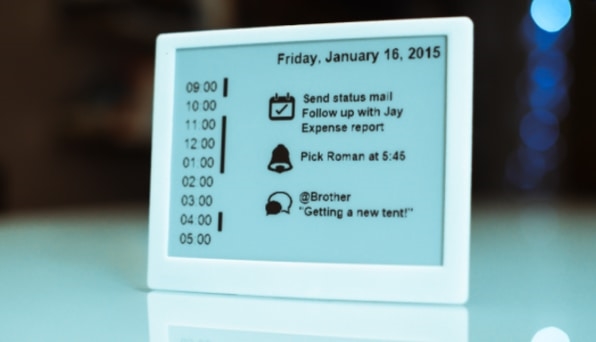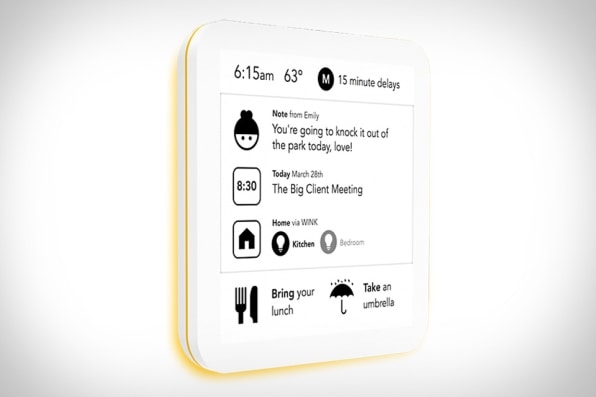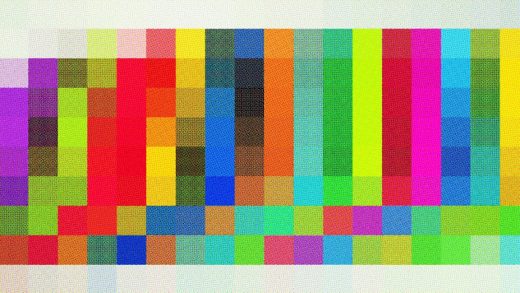Even in our digital world, the humble sticky note abides
E-readers and tablets have us doing more of our reading on screens than ever before. The latter category, including devices such as the iPad Pro and Surface Pro, even offers pens for scribbling notes. Other lower-profile offerings, such as the Sony Digital Paper and the reMarkable tablet, use e-ink screens to closely mimic the experience of writing on paper, at least as much as technology allows today.
But while these products may veer toward delivering the utility and portability of a pad of paper, there’s one paper-based stalwart that tech hasn’t been able to match: the humble sticky note. Invented four decades ago by 3M in what has become a famous example of mistakes leading to success, sticky notes have become a classic because of some unique properties. They can convey a message—that is, content—but their placement provides context. They can be put in the line of sight of someone to grab attention or be affixed to a document or other object to provide instruction or commentary. Their ability to be attached again and again has made them popular for arranging ideas on surfaces such as whiteboards for analog mind-mapping.
The idea of an electronic sticky note likely first gained widespread public exposure with a Saturday Night Live parody commercial in the 1990s for Newton-inspired “Macintosh Post-it Notes.” Here in the real world, more than 20 years later, companies have tried a wide range of hardware and software to capture the essence of the popular paper squares, many of them using small e-ink displays. They’ve included Smart Stickers and Pixsso, neither of which met Indiegogo funding goals.

One product that attracted much attention was SeeNote, a larger wall-bound e-sign its developers decided not to produce after soliciting preorders (the creators returned the money). Missmo, which would use a 2G cellular connection to receive SMS messages remotely, was announced at the end of 2017 and still hasn’t shipped. As a testament to the power of paper, one of the few connected sticky note products to make it off the drawing board has been the Cubinote Pro, a printer that can remotely print sticky notes—but of course relies on humans to place them after they’ve been produced.

On the software side, 3M first jumped into the fray with an official Post-it Notes application for PCs and Macs in 2002. Twelve years later, it returned with an iPhone app called Post-it Plus designed to capture walls full of real Post-it Notes. Nowadays, both Windows PCs and Macs have integrated sticky note apps as well as more comprehensive note-taking apps (Apple’s Notes and Microsoft’s OneNote) that sync across machines on their platforms. Microsoft is now extending that syncing to its Windows sticky note app, which will be getting the ability to sync with OneNote on Android and iOS. (The company also developed a light-harvesting e-paper sticky research prototype.)

But as apps—or even as a widget on Android—these digital representations don’t fully capture the contextual relevance of paper stickies that can reference whatever they’re stuck on or near. More fully realizing that functionality may require the use of augmented reality. Already, Spatial—one of the first AR apps to target conference room-like collaboration—lets you manipulate sticky-like colored notes to organize different ideas on a real-world surface.
As a stopgap to a potential future of ubiquitous AR, developers could take advantage of the idle screens on devices such as digital picture frames, the Amazon Echo Show, and Google Home Hub to display notes to various family members. Indeed, Google’s Keep note-taking service already embraces a sticky note-inspired design, while the Magic 8-Ball-like form of Amazon’s Echo Spot make it an ideal size for such miniature missives.
While these home screens might not have the placement flexibility of paper sticky notes, they could be smarter—say, doing things like displaying a note when a child comes home from school. However, even this kind of notification may seem outdated in a day when virtually everyone can be notified in real-time wherever they are.
Ultimately, tech’s failure to produce a viable physical alternative to the sticky note may come down to convenience as much as cost. Of modern digital devices, Samsung’s Galaxy Note 9 and its S Pen probably offer the most convenient practical method for ad hoc capture of the kinds of thoughts once reserved for stickies. As a smartphone, it offers many ways to quickly send such scribblings to virtually anyone with another digital device. But it’s then up to the recipient to decide if that message should stick.
Fast Company , Read Full Story
(31)



